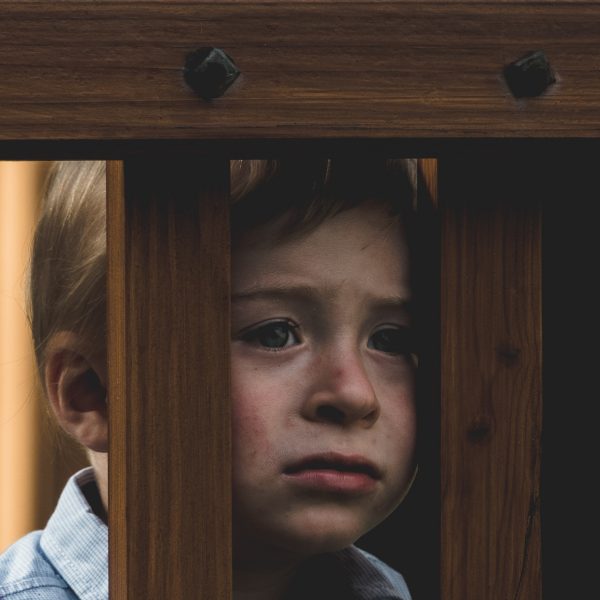Study shows that SA hospital costs for victims of child abuse is over $415m a year

A new study from the University of South Australia has shown that South Australian public hospital costs for victims of child abuse and neglect now exceeds $415 million per year.
The world-first research compared the use and cost of public hospital services for people with and without child protection system contact, finding that child abuse and neglect was associated with excess public hospital costs, and that individual costs increased with age and severity of abuse or neglect:
- $338-$1771 extra per child aged 0-12 years
- $650-$1307 extra per teenager aged 13-16 years
- $1174-$2148 extra per young adult aged 18-24 years
- $2242-$3015 extra per adult aged 25-31 years.
Over a year, these costs exceed $124 million for people from infancy to 31 years (equal to an 18 per cent cost penalty) on the South Australian public hospital system. Australia-wide the costs are estimated to exceed $3.8 billion.
The study, UniSA Chair Health Economics & Social Policy, Professor Leonie Segal said, highlights the outlandish cost penalties of child abuse and neglect.
“Child abuse and neglect is a serious public health issue that affects every aspect of human functioning, especially health. But until now, the impact on hospital costs has been unknown,” she continued.
“Not only does this study expose the excess public hospital costs of child maltreatment, but more importantly, it shows the cost savings that could be made if funds were redirected to help prevent child abuse and neglect and stop the harm escalation.”
South Australia spends less than one per cent (around $1 out of every $500) of its health budget on the mental wellbeing of young children, something which the professor said is “a failure” which “is fuelling huge downstream costs on our public hospitals, as well as a wide range of social and economic ills.”
In Australia, 293,585 children were the subject of a child protection notification in 2020-21, and 49,690 children with a substantiated case of abuse or neglect.
Professor Segal believes that a well-resourced and well-designed suite of services could disrupt the accumulation of adversities.
“Rather than waiting for child abuse and neglect and costs to escalate, we need to redirect funds to early-in-life interventions – such as mother/baby programs and intensive early years education and care – as well as intensive family support services and family reunification for children in their middle years.”
“Importantly, all services working with highly traumatised and vulnerable families must be underpinned by compassion-based trauma-informed training, to ensure that fewer children are exposed to abuse or neglect, and healing can be offered to parents and children before harms escalate across the life course and across generations.”
“Only by choosing to invest in distressed children and families will we limit the adversity they experience and help stop the horrific and intergenerational cycle of abuse.”
Popular

Quality
Research
Workforce
Empowering safeguarding in early childhood: ECA’s comprehensive resource suite
2025-09-11 07:00:57
by Fiona Alston

Workforce
Practice
Quality
Research
Supervision and team culture: Safeguarding trust through shared responsibility
2025-09-09 07:26:32
by Fiona Alston

Events News
Practice
Provider
Quality
Research
Workforce
Largest gathering of Aboriginal and Torres Strait Islander family and children’s leaders set to drive national reform
2025-09-15 10:11:45
by Fiona Alston
















